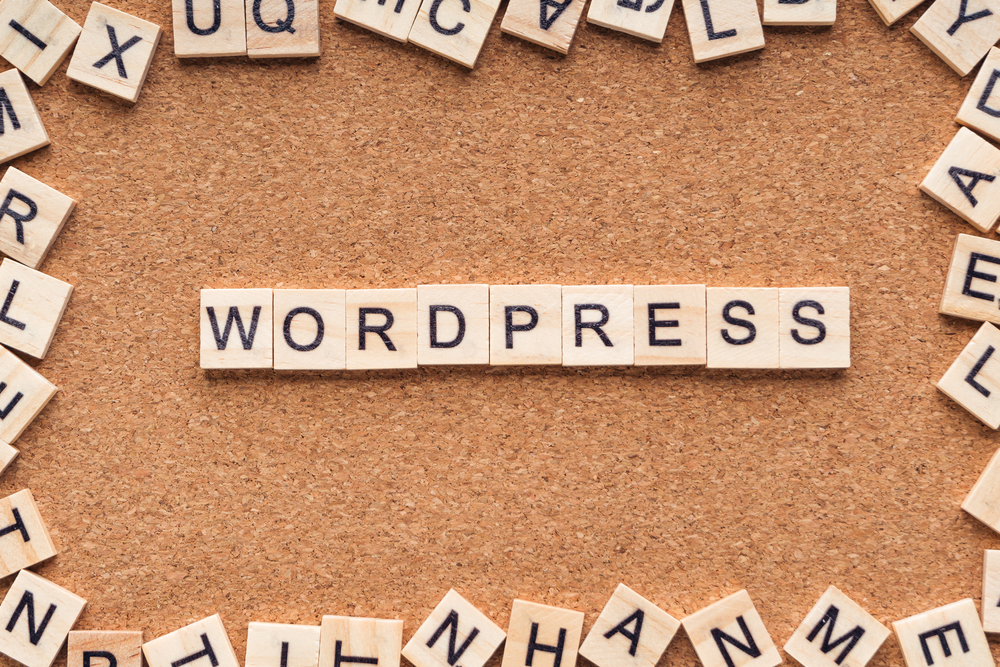
WordPress has become one of the most popular content management systems (CMS) for website development. Its user-friendly interface, vast plugin library, and customizable themes make it a go-to choice for both professional developers and first-time website owners. However, to create a truly unique and effective online presence, it's crucial to master WordPress website customization. In this article, we will explore essential tips and tricks for seamless maintenance of your WordPress site.
1. Customize Your Theme
The first step towards creating a unique website is customizing your chosen theme. WordPress (or WP) offers a vast array of themes to choose from, allowing you to find the perfect design for your brand or business. However, to stand out from the crowd, customization is essential. Take advantage of the theme's customization options to tweak colors, fonts, and layout to match your brand identity.
To take customization a step further, consider creating a child theme. A child theme inherits the styles and functionality of a parent theme but allows you to make modifications without altering the original theme files. This ensures that your customizations won't be lost when the parent theme gets updated.
2. Leverage Plugins
WordPress (the platform for bloggers) plugins are essential for extending the functionality of your website. Whether you need an e-commerce solution, SEO optimization tools, or social media integrations, there is likely a plugin available to meet your specific requirements. However, be mindful not to install too many plugins, as they can slow down your website's performance. Choose reliable and highly-rated plugins and regularly review your plugin list to remove any that are no longer necessary.
Additionally, if you have the technical know-how or budget to invest in custom development, consider creating your own custom plugins. This allows you to tailor the functionality exactly to your needs and ensures compatibility and seamless integration with your WordPress (WP) setup.
3. Optimize for Speed and Performance
Website speed is crucial for user experience and search engine optimization (SEO). Slow-loading websites tend to have higher bounce rates and lower rankings in search engine results. To ensure your WordPress site performs at its best, here are some essential optimization tips:
Choose a lightweight theme or optimize your current theme for speed.
Compress and optimize images using plugins or external tools.
Use a caching plugin to generate static HTML versions of your pages.
Minify CSS and JavaScript files to reduce file sizes.
Host your website on a reliable and fast server.
4. Stay Up-to-Date
WordPress releases regular updates to improve security, fix bugs, and introduce new features. Staying up-to-date with the latest version of WordPress (the blogging platform) , themes, and plugins is vital for maintaining a secure and stable website. Enable automatic updates for minor releases, but make sure to thoroughly test major updates before implementing them on your live site.
Regularly backing up your WordPress site is equally important. In case something goes wrong during an update or if your site gets hacked, having a recent backup ensures you can quickly restore your website without losing valuable data.
5. Implement a Solid Security Strategy
As one of the most popular CMS platforms, WordPress is frequently targeted by hackers. Implementing a solid security strategy is crucial to protect your website and sensitive user information. Here are some tips to enhance security:
Create unique, strong passwords for all user accounts.
Use a reliable WordPress security plugin to scan for vulnerabilities.
Regularly update plugins and themes to patch potential security issues.
Limit login attempts and enable two-factor authentication.
Choose a secure hosting provider with proactive security measures.
FAQs:
Q1: How can I customize my WordPress theme?
A1: To customize your WordPress theme, go to the Appearance section in your WordPress dashboard and click on "Customize." From there, you can make changes to various aspects of your theme, such as colors, fonts, and layout.
Q2: Are too many plugins harmful to my WordPress website?
A2: Yes, having too many plugins can negatively impact your website's performance. It's important to choose reliable plugins and regularly review and remove any unnecessary ones to maintain optimal loading times and overall efficiency.
Q3: How can I optimize my WordPress website for speed?
A3: To optimize your WordPress website for speed, choose a lightweight theme, compress and optimize your images, use caching plugins, minify CSS and JavaScript files, and host your website on a reliable and fast server.
Q4: Why is it important to keep my WordPress website up-to-date?
A4: Keeping your WordPress website up-to-date is crucial for security, bug fixes, and new features. Regular updates ensure that you have the latest security patches and help protect your website from potential vulnerabilities.
Q5: How can I enhance the security of my WordPress website?
A5: To enhance the security of your WordPress website, create strong passwords, use a reliable security plugin, update plugins and themes regularly, limit login attempts, and choose a secure hosting provider with active security measures in place.
Other useful resources
